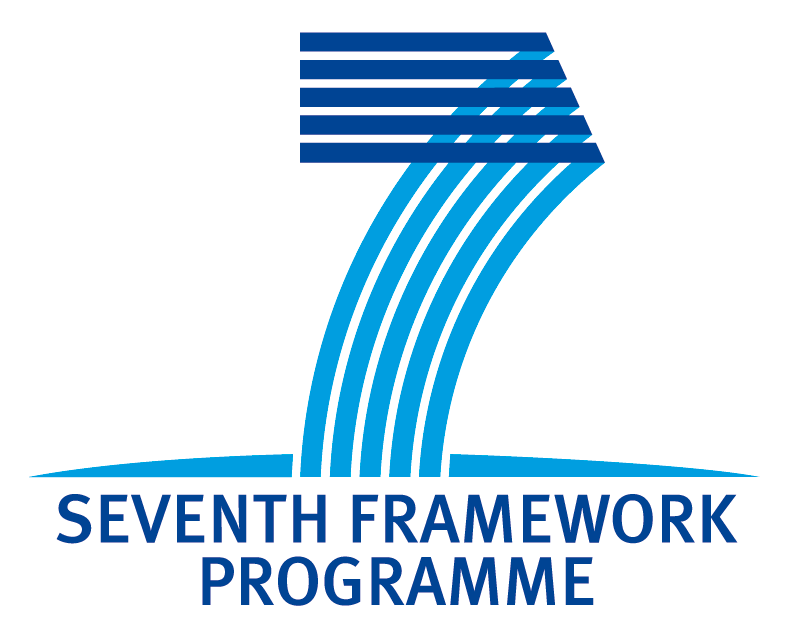Aims
The overall goal of the project is to develop state-of-the-art gene transfer tools for the photoreceptor neurons in the retina, and to provide pre-clinical proof-of-concept of gene therapy for severe blinding retinal photoreceptor diseases, which can be transferred from bench to bedside. Meeting this objective will provide the knowledge and empirical validation to ensure further developments in new adeno-associated vectors (AAV)-mediated therapeutic approaches with a broad potential application in the retina and central nervous system.
The specific objectives are as follows.
1. Optimize AAV-mediated gene transfer to photoreceptors for treatment of bPDE and AIPL1 deficiencies. We propose to accomplish this aim through combination of AAV serotypes and endogenous promoters, which best mimic physiological levels of transgene expression.
2. Test the efficacy of AAV-mediated photoreceptor gene transfer in murine models of Pde6b and Aipl1 gene deficiencies. This will prove the efficacy of state-of-the-art AAV-mediated gene transfer to photoreceptors as well as provide proof-of-concept of gene replacement for two common inherited and severe photoreceptor diseases, namely Retinitis Pigmentosa (RP) and Leber Congenital Amaurosis (LCA).
3. Combine AAV-mediated gene replacement with molecules prolonging photoreceptor survival, like the neurotrophic factor GDNF, Ca++ channel blockers and RNA interference of the polycomb protein Bmi1.
4. Characterize at the molecular and clinical levels RP and LCA patients to identify candidates to move AAV-mediated PDE6B and AIPL1 gene transfer from bench to bedside.

